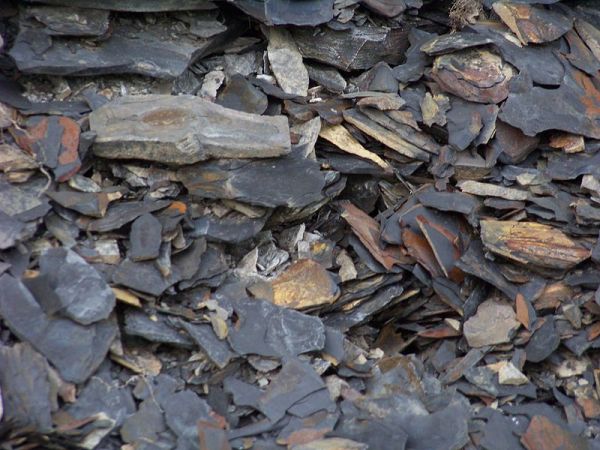
ROCKET NOZZLES COULD PULL CARBON FROM AIR
An aerospace company is working to turn rocket nozzle technology into an interesting method for cleaning up the carbon-laced air emitted by coal-burning power plants.
Aerospace and defense company ATK (Alliant Techsystems Inc) is trying to develop a way “to use aerodynamic force, rather than chemicals, to separate out carbon dioxide from a power plant's air before it is released into the atmosphere.” This method could not only be extremely environmentally helpful, but also extremely cost-efficient compared to current methods.
ATK vice president Robert Bakos said “Today's carbon capture technology adds 80 percent to the cost per kilowatt hour of electricity delivered. With our approach, we could knock that down to 30 percent.”
Right now, 36 percent of US carbon emissions come from coal. And while mining for coal seems like an easier, better method than our reliance on foreign countries for oil, this will come back and bite us in the butt in the future where we will inevitably live in a coal constrained society.
Bakos explains the system, saying "When you accelerate air to very high speed, you have to expand the air very quickly. It cools the air and in some cases if you have water (vapor) in the air, it will make it condense into water or even snow. The same idea applies if you have carbon dioxide,"
Normally carbon dioxide is the gas we all know of but when frozen, it becomes dry ice. When cooling, the particles can be extracted from the air by various techniques, then stored, and then used in other applications. That’s what ATK’s plan is all about, they plan to “pressurize a power plant's exhaust gas, then put it through a rocket nozzle so that it expands and cools, allowing dry ice to form.”
And while these other techniques might not be available for years, the company will demonstrate this technology within 8 months, and then move onto a pilot program in power plants.
Opinion:
This seems to me like another weird but cool method that none of us have probably heard of. In logic and practice, it seems like a good, realistic plan but we will just have to wait and see. NNNNDDD
Questions:
1. What kinds of things could this dry ice be used for?
2. How crucial is this process to cut down emissions to us now? How about in 20 years?
3. What is another way to either extract carbon or lesson the amount of it going into the atmosphere?
http://news.discovery.com/tech/rocket-nozzles-carbon-capture.html

















